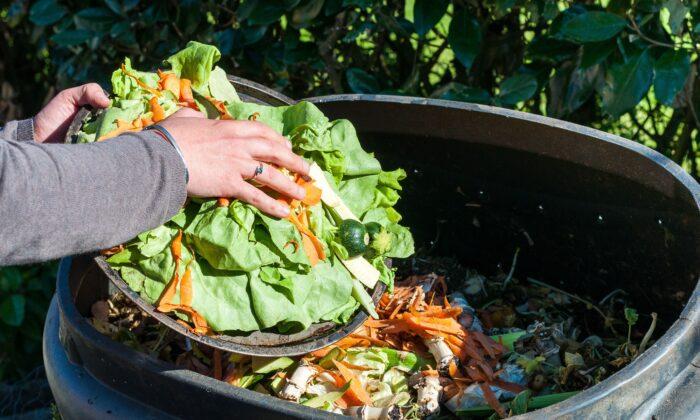Emotions play an oversized role in our shopping decisions, according to a new study.
This is what makes most people skip the bananas with brown spots in favor of perfectly yellow ones.
“We choose food based upon an expectation of what it will taste like that is bound to our feelings. So, if we expect a brown banana to not match the taste of a yellow one, we opt for the latter,” says Karin Wendin, an associate professor at the University of Copenhagen’s food science department.
Wendin laments this waste because brown fruit isn’t bad fruit:
“Bruised or oddly shaped fruit can easily be used. They usually taste just as good as nicely looking specimens. And in cases when an apple is bruised or a bit floury in texture, one can still use it for juice or pie. When an ‘ugly’ piece of fruit gets tossed, it becomes food waste, which is a big problem—including financially. This is why we need to work on reevaluating our feelings about brown and oddly-shaped fruit,” she said.
The participants then had to taste a different apple. This is when it became apparent that the bad first impression became sticky.
“When participants saw a photo of an ugly apple, and then tasted one that was green and perfect, they stuck by their belief that it tasted awful. This speaks to the extent to which our emotions and psychology factor in with taste sensations,” Wendin said. “We remember negative feelings and expectations more than positive ones.”
“As things stand, communication about our foods—and what is good or bad—does not work optimally. People don’t know where to seek advice and guidance.”
This is why we need to help supermarkets communicate clearly about how to avoid food waste by grabbing an imperfect piece of fruit, and also explore which platforms effectively get messages about diet and food waste out to consumers, Wendin said.
“Or, should we instead communicate on social media, where people are and spend time on lifestyle issues? It would be interesting to dive into,” she said.


Friends Read Free